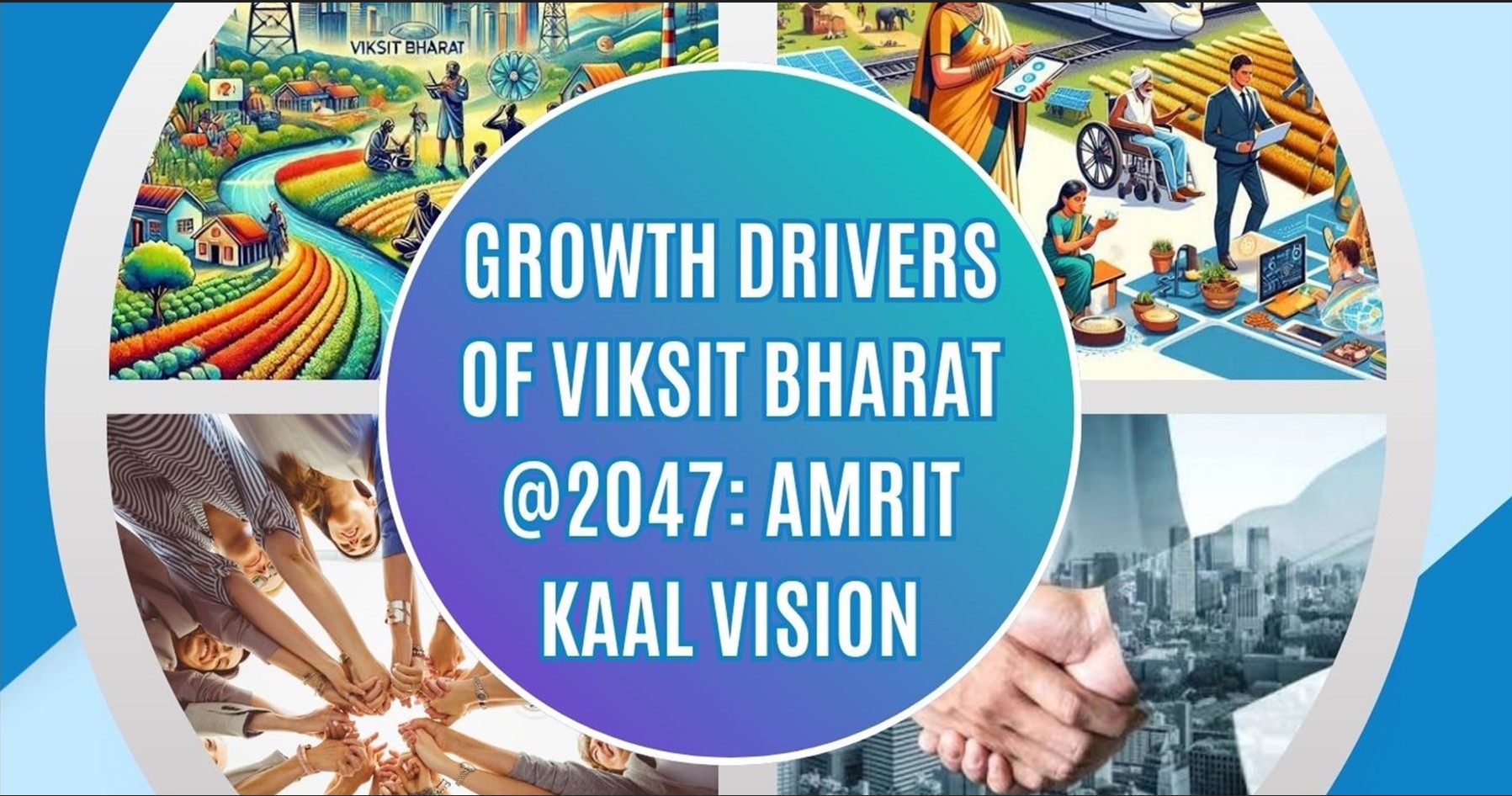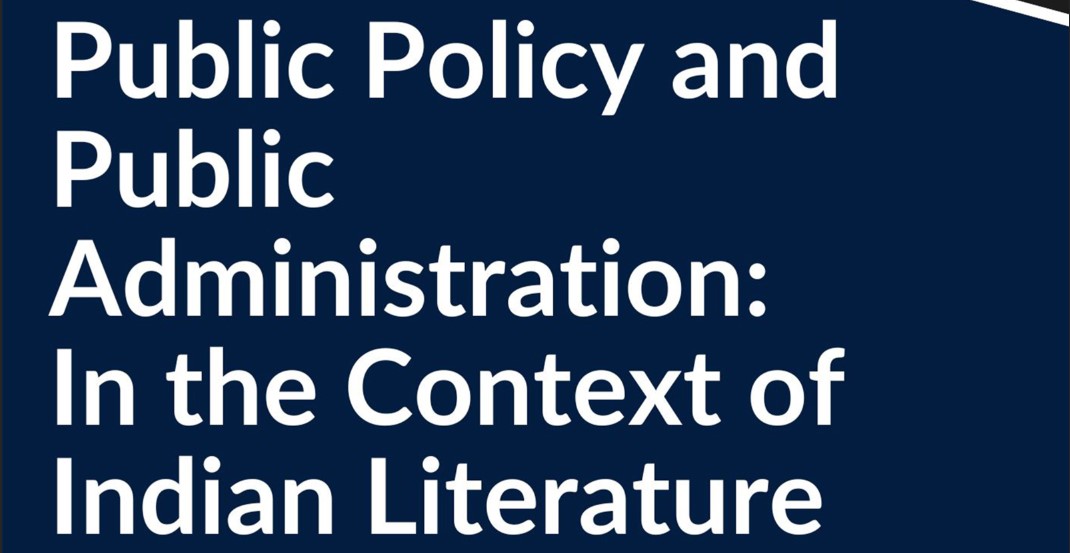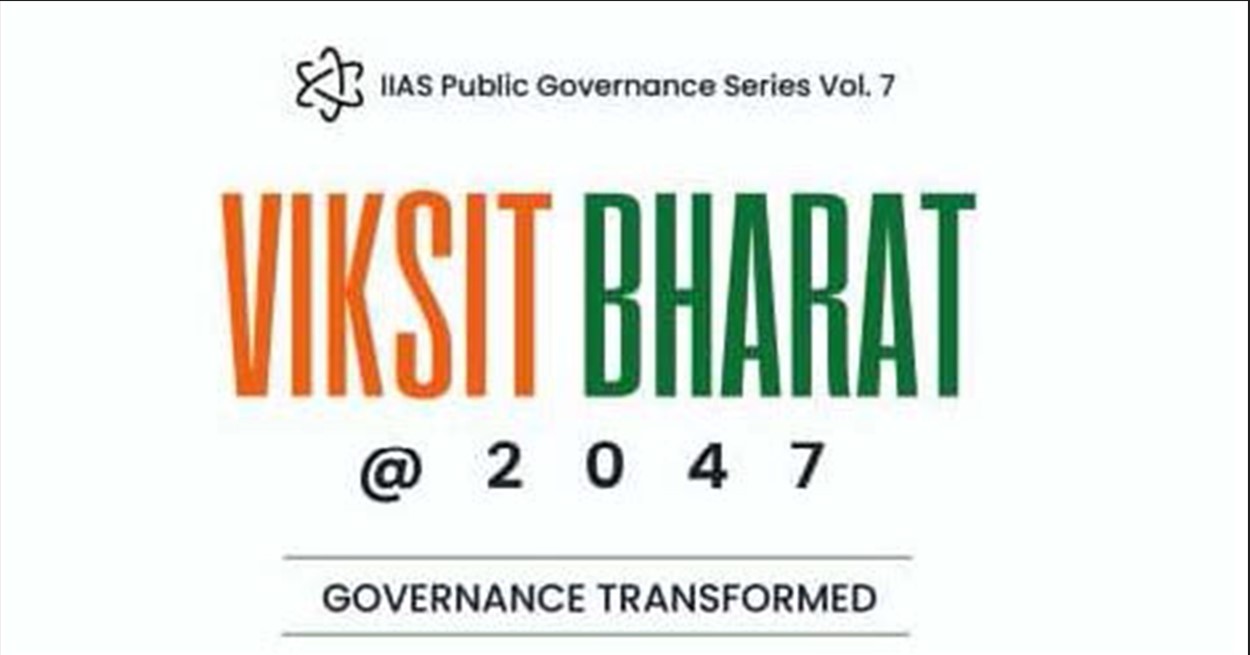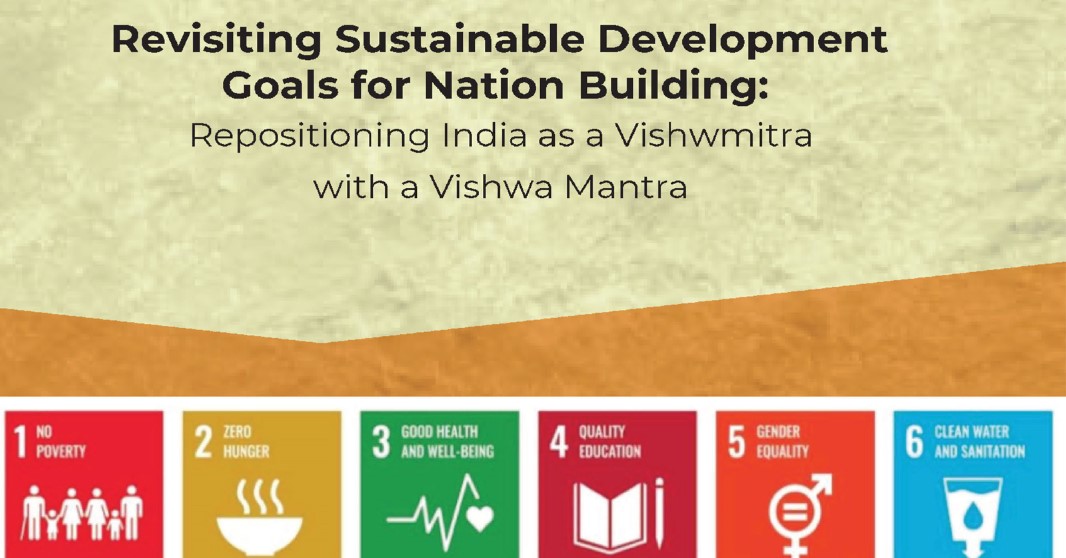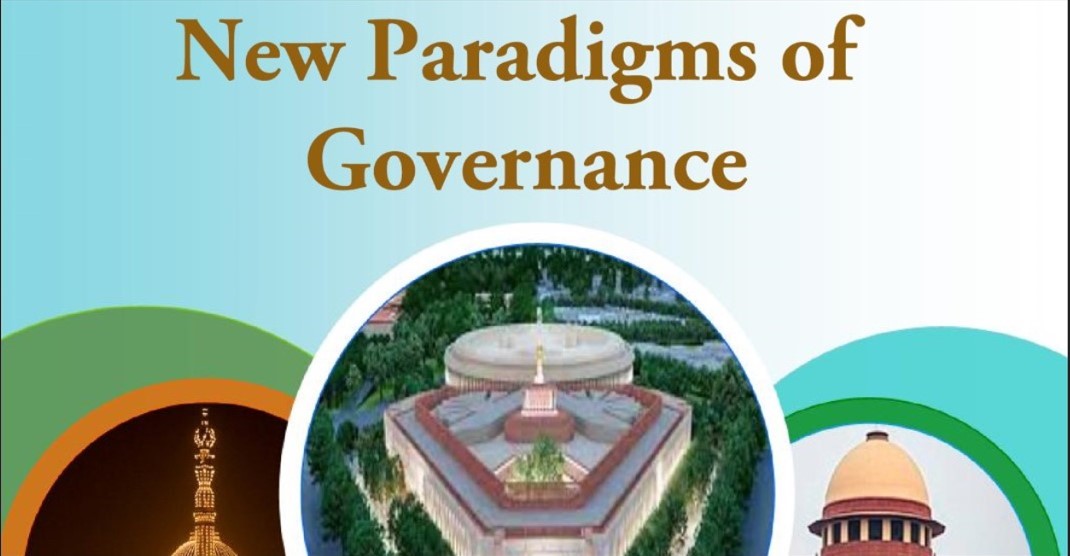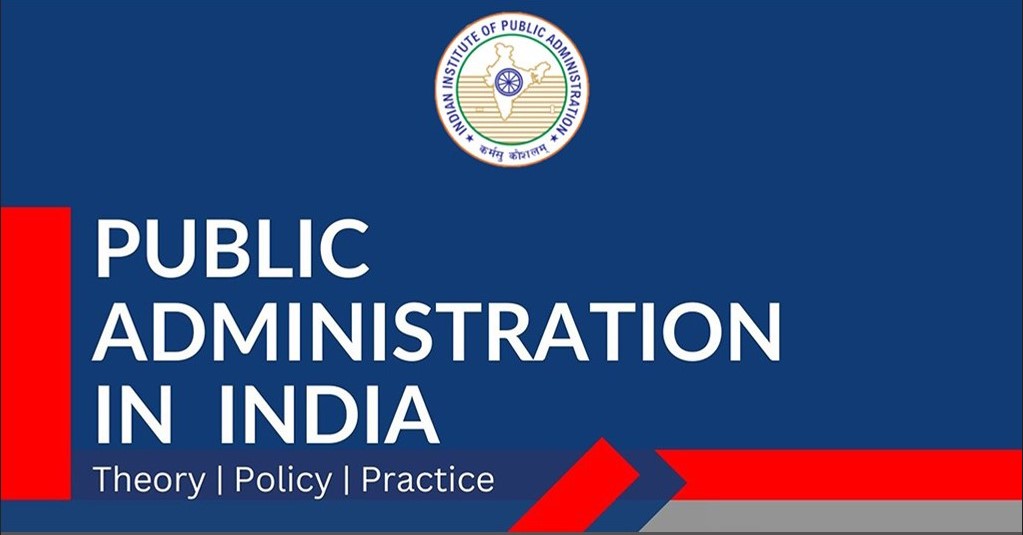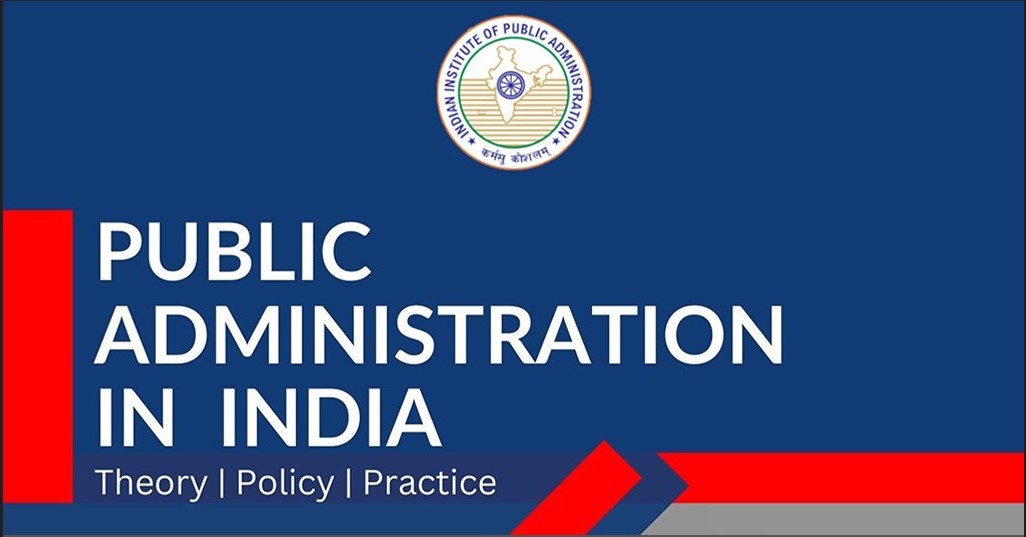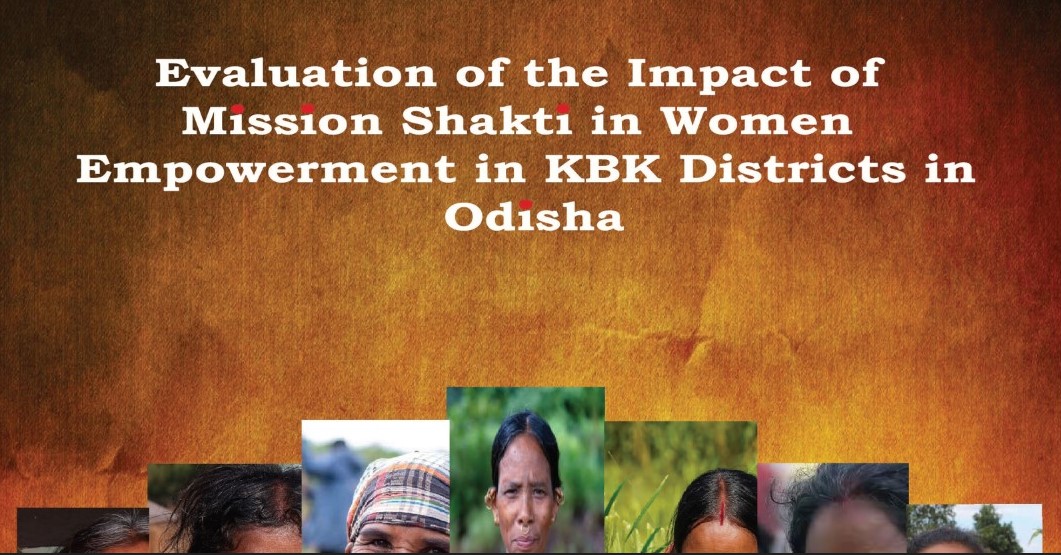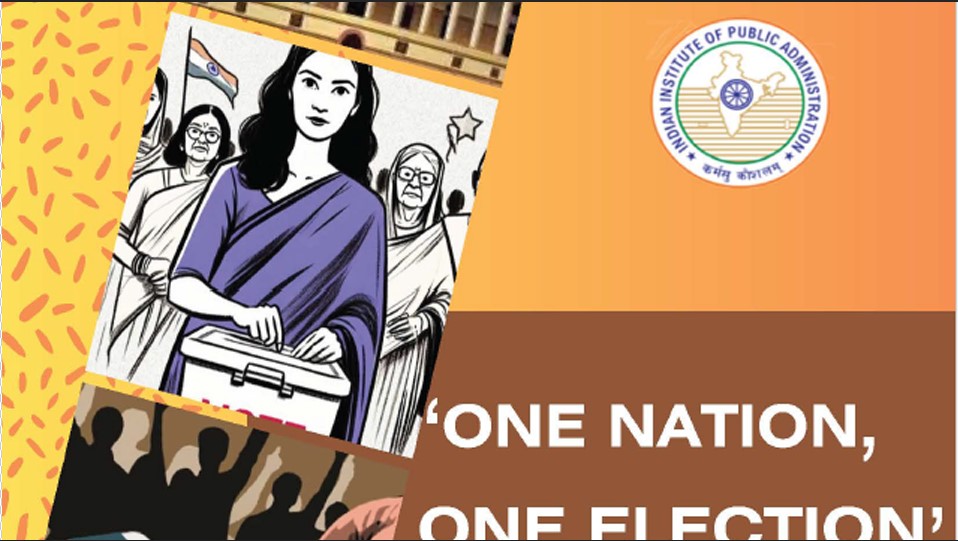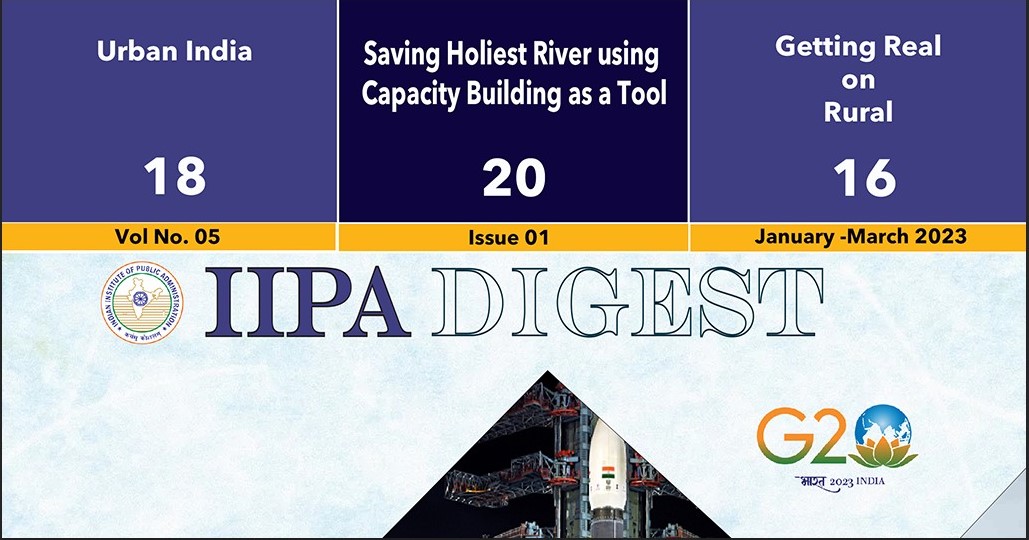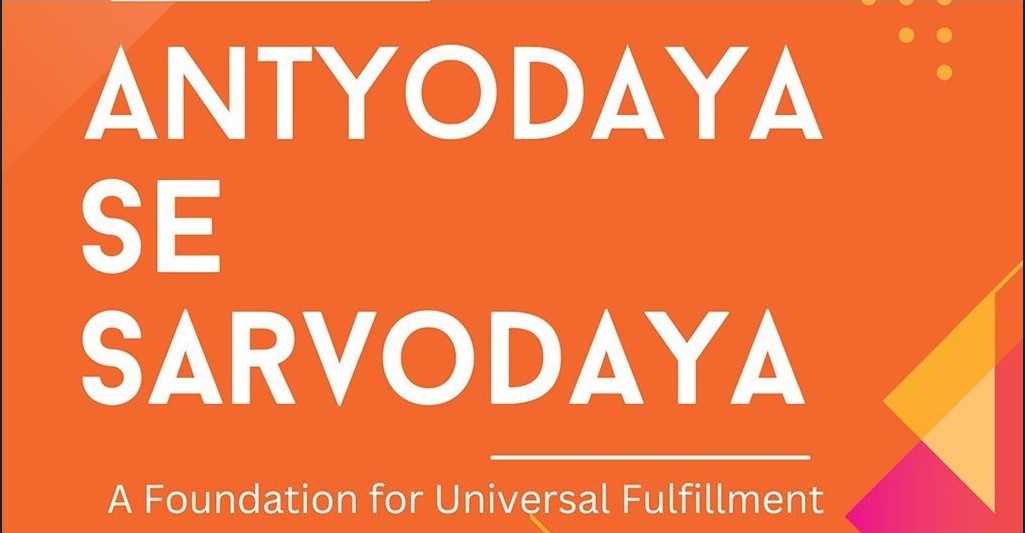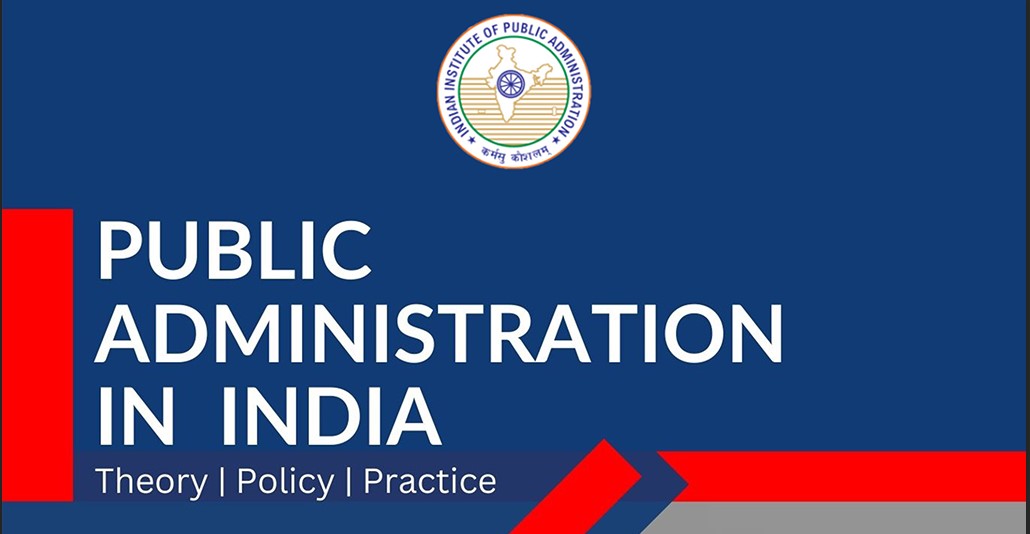Redefining Leadership in Public-Private Partnerships: Navigating Complexity, Driving Innovation and Fostering Collaboration
Abstract
This paper examines the evolving role of leadership in Public-Private Partnerships (PPPs), emphasising the need for adaptive and integrative leadership to address the contemporary complexities such as political dynamics, financial and regulatory frameworks; and social and cultural challenges. This paper elucidates the complexities in the PPPs, ways to drive innovation through leadership and explores ways to foster collaboration between the public and private sectors. The evolving landscape of digital transformation, sustainability, and ethical governance is reshaping leadership roles in Public-Private Partnerships. This shift demands that leaders in PPPs adapt their skills and approaches to meet modern expectations. The central argument of this research is that in contemporary times, leadership in PPPs must evolve and adapt. The leader must have strategic insight, social sensibility and technological acumen. It is only when the complexities are addressed can the divergent interests of the public sector (welfare and affordability) and private sector (profitability) can be adequately balanced.
Keywords: Public-private partnerships, adaptive leadership, complexity, innovation, collaboration.
1. Introduction
Public-Private Partnerships (PPPs) represent collaborative agreements where in both government and private entities share their respective resources, risks and rewards in order to deliver goods or services, and such partnerships have been instrumental in sectors such as defence, healthcare, education, and energy. The PPP model incorporates the technical expertise and innovation capacity of the private sector and simultaneously maintains the public sector’s commitment to social welfare.
The world of today is a globalised world which is faced with rapid urbanisation, increased demands of the population, limited resources and constrained budgets; therefore, PPPs offer a sustainable approach to implement projects which otherwise might be challenging and resource-intensive for government alone. Despite their advantages, PPPs operate in complex environments which are characterised by economic volatility, technological advancement and evolving societal expectations. Such dynamic and multi-dimensional challenges call for redefining leadership in PPP, as traditional frameworks are hierarchical with a rigid decision-making mechanism. Contemporarily, the leaders in PPP are no longer tasked with only overseeing project implementation; rather, they are expected to address challenges in all spheres, from political and regulatory to financial and cultural. This necessitates an approach which moves beyond conventional methods and is adaptive, innovative and collaborative.
One of the most pressing reasons to redefine leadership is the evolving economic landscape, as initially, the leaders in PPP were primarily focused on factors such as cost efficiency and timely delivery, but today, the leaders are expected to be strategic and flexible in their decisions, especially due to uncertainties and market disruptions in the global market. For instance, global supply chain vulnerabilities and shifts in trade policies have heightened the risk environment in which PPs operate; therefore, the leaders must now anticipate these challenges and remain agile and resilient despite the economic shifts. The leadership equation in PPPs is further complicated due to technologies such as Artificial Intelligence and the Internet of Things. While these technological advancements can broaden the scope of PPP projects and enhance efficiency as well but on the other hand, they also require the leaders to be well aware of the risks associated with technologies such as cyber-security threats and data privacy breaches. Another factor to be taken into consideration is societal expectations. The world today is no longer focused on profitability and project completion, but factors such as environmental sustainability, corporate social responsibility, social equity, etc, have become equally important. Therefore, the leaders have to commit to stakeholder inclusivity, ethical governance and sustainable governance.
The central argument in this research paper is that the leadership in PPP must evolve and transform in order to meet multi-faceted challenges of the modern world, and this requires a perfect combination of technological acumen, strategic foresight and social sensitivity. It is only when these complexities are looked into that PPP projects can foster long-term development and deliver successful outcomes.
2. Understanding Complexity in Public-Private Partnerships
PPP as defined by the Department of Economic Affairs is “an arrangement between a government/ statutory entity/ government owned entity on one side and a private sector entity on the other, for the provision of public assets and/or public services, through investments being made and/or management being undertaken by the private sector entity, for a specified period, where there is well defined allocation of risk between the private sector and the public entity and the private entity who is chosen based on open competitive bidding, receives performance linked payments that conform (or are benchmarked) to specified and pre-determined performance standards, measurable by the public entity or its representative” (Department of Economic Affairs, n.a.). PPPs are of several types, and they vary from DBFOT/BOT, ‘Operations and Maintenance’, which is like a service contract, and ‘Lease, Develop, Operate and Maintain’ (a variation of BOT). PPP projects are awarded through a transparent bidding process so that it does not result in any challenges throughout the process, such as informational asymmetries or bidding asymmetries. In India, the government supports this mechanism by providing Viability Gap Funding of up to 40 per cent, long-term debt or sometimes 100 per cent FDI in equity is allowed as well.
Public-Private Partnerships (PPPs) operate in a dynamic environment wherein factors such as regulatory frameworks, political dynamics, cultural differences, and financial arrangements come into play. This complex environment is primarily based on differing aims of both sectors, wherein the public sector focuses on social welfare and the private sector, on the other hand, emphasises efficiency and profitability. Additionally, considerable time and expense are taken into consideration in order to finalise any PPP project, as there is no universally accepted language for the agreements (C.S. & Raveen, 2019; p. 56). The resulting costs and complexity of managing PPP projects are such that it is not advisable for smaller projects (Gome, 2019; p273). Regulatory complexity often arises from varying legal systems and compliance standards. For instance, the PPP model was highly sought after in the highway sector in India, but because of the risk involved, exhaustive documentation, and a lethargic attitude to complete the work, the private sector started opting out of this sector. Recently, the Indian government has come out with a ‘Hybrid Annuity Model’ which shall limit the risks to the government sector only to bring the private sector back in bidding for highway projects (Bhat, 2019; p. 20). With respect to the financial complexity, the risks vary for the public and private sectors. In order to make any PPP project feasible, many issues have to be taken into consideration. For example, the public sector looks at issues such as financing costs, development costs, insurance, taxes, construction costs, and operating and management (Kurniwan et. al., 2015). While the developers in the private sector focus on the pace and timing of the project, the lenders and the sponsors are more concerned with realistic estimates of future project revenues to cover operating costs and repaying project debt (ibid.).
Another important factor to consider is political complexity. Any PPP project is usually a long-term project which multi-phase cooperation and different goals of PPP partners, but more important than this is the dynamic political environment, which requires the stakeholders to keep interacting through the entire period of cooperation. Notably, the investments in any kind of infrastructural project are only recovered on a long-term basis, so any change in policy due to political change affects them drastically (Wang, 2017). Additionally, most decisions of PPPs are taken in political circles, and therefore, the interests and resources of the political decision makers influence the sectors in which PPPs are realised. Political involvement can be both an important driver and a barrier when it comes to the efficacy of PPPs (Gawel, 2017). Lastly, even the difference between the market-driven ethos of the private sector and the welfare agenda of the public sector further complicates collaboration in any PPP project. All these complexities call for a leader who is capable and adept at proactively adapting to the dynamic environment of the PPPs.
In order to manage this complexity, leaders should strategically think in order to predetermine challenges that might come in the way and balance the priorities of both sectors. PPPs demand the leader to be a good negotiator as the public accountability and profitability has to be balanced for successful public-private partnership. Along with this, the leader a good communicator so that he can articulate a vision and bring all the stakeholders on the same page. PPPs have been a mainstream model for quite some time in India for quite some time in sectors such as railways, roads and highways, ports, etc but one of the sectors that recently opened up is defence under the ‘Make in India’ scheme of the central government. Since the government is bringing in huge investments in this sector, it is immensely popular because technical competence is looked at by the private players and the projects are financed by the government. But this is again facing challenges like bureaucracy interference, government’s distrust in private players and intellectual property issues since this sector is sensitive and important for national security (Bhat, 2019). A few initiatives taken by the government of India to facilitate the private sector are: first, level playing field provided wherein the Exchange Rate Variation protection in provided equally to the private sector and the DPSUs; second, a new category of procurement was put in place vis-à-vis ‘Buy’, ‘Buy and Make’ and ‘Make’ categories; list of munition items that might require authorisation by the government is in public domain; even import embargo is put on items so as to promote indigenisation of India’s defence production (Department of Defence Production, n.a.; Ministry of Defence India, 2019). In addition to this, in 2023, the Defence Minister Rajnath Singh notified a reservation of 75 per cent of the defence acquisition budget in order to promote defence production domestically FY24 (“Private sector’s share”, 2024). The private sector has also invested in defence corridors in Uttar Pradesh and Tamil Nadu. In fact, according to the Department of Defence Production, the private sector has contributed around 22 per cent to the total defence production in FY24 (ibid.). It is notable that as the world today is constantly developing, therefore, it is important that even the leadership evolves beyond traditional approaches. It is the ability to adapt and balance divergent goals simultaneously that would result in successful PPPs.
3. Driving Innovation through Leadership in PPPs
Innovation is an important aspect in PPPs as it helps the governments to be more inventive as they create a space outside the existing structure of the government. PPPs help the private sector to engage in large-scale projects with the help of financial resources and business capital provided by the government. PPPs have been relevant in the field of ICT as the private sectors are ensured of appropriate return on investments on hand and the social and economic objectives of the governments are also fulfilled (Witters et.al, 2012). Public-Private collaboration has been a significant driver of innovation and technological advancement, but more importantly, it also includes novel approaches to governance, financing and stakeholder engagement, and this is done primarily by a leadership that fosters an environment where innovative ideas are encouraged. For instance, let us take an example of a smart city project; more than the finances and the logistics, adept leadership is a significant factor that would see this project through. In the world of today, organisations strive hard to stay relevant and competitive, but all this is achieved through innovation. Innovation, on the other hand, does not take place in a void; it requires leadership that fosters a culture of creativity. It is the leadership that sets an organisation apart through its visionary thinking, risk tolerance, empowerment and adaptability.
The connection between leadership and innovation, as elucidated by Melouki Slimane (2015), is illustrated below. He emphasises that leadership is of utmost importance when it comes to innovations, as it results in short-term gains and long-term growth of the organisation. He notes that while leadership for any successful PPP project but a creative environment is equally significant.
Figure 1: Innovation through Leadership
Additionally, leadership styles also play an important role within PPPs. For instance, transformational leadership encourages leaders to inspire their team to take calculated risks and take a step beyond traditional methods. This style of leadership promotes a culture of creativity and openness wherein new ideas are valued and welcome (Karimi, 2023). Another type of leadership is participative leadership, which encourages active participation of all stakeholders and ensures that both the sectors have a voice in decision-making processes. It helps in fostering a sense of ownership among all stakeholders and is more likely to result in sustainable and innovative solutions (Hawley, 2024).
Although there are immense benefits of Public-Private Partnerships, such as introducing innovation in providing public services, delivering projects on time, developing the local private sector, making the country more competitive so it lays an infrastructural base and books economic business throughout the country, and ensuring long-term value for money, there are challenges too. These include continued responsibility on the part of the government, as citizens hold the government responsible for any service they use, and the private sector will only do what is paid to do (PPPRC World Bank, n.a.). The private sector will remain cautious of major risks as it is impossible to take into consideration every small unanticipated complexity that could probably arise throughout project development, since it is a long-term project, therefore, it has to be kept in mind that most of these challenges are to be taken care of throughout the project (ibid.). All the above-mentioned challenges can impact innovation in PPPs as the private sector is usually reluctant to invest in projects with uncertain outcomes, and simultaneously, the public sector could be wary of untested technology and therefore, effective leadership is key to overcoming these barriers.
4. Role of Adaptive Leadership in Fostering Collaboration between Public and Private Sectors
Collaboration between both sectors is pertinent in the world of today as it blends the public sector oversight with private sector expertise in order to deliver essential services and build infrastructure. PPPs allow both the private and public sectors to meet mutual objectives through shared responsibilities, challenges, and rewards. One of the key aspects of collaboration in PPPs is to bridge the gaps between public sector priorities of public welfare and private sector priorities of financial returns, short-term profits, and operational efficiency, and this is where leadership comes into play. According to Marx (2019), leadership refers to an identified leader who holds a position wherein he is responsible for initiating and aiding in securing resources in order to collaborate. One of the most significant drivers in this is interdependence, as the objectives of any PPP project cannot be achieved individually by any sector; therefore, it is this uncertainty that pushes private firms and the government to collaborate to reduce risks.
Morse (2010) in his work ‘Integrative public leadership: Catalysing collaboration to create public value’ calls for an integrative style of leadership which is used to describe boundary-crossing leadership, especially in terms of cross-sector collaboration. Ramdass et. al (2018) identify factors that are responsible for successful collaboration so that it can result in desired outcomes. The factors include the correlation of transformational leadership along with governance, interdependence, and relational capital.
Figure 2: Factors of Leadership
Therefore, there must be a clear vision of objectives that the government is looking forward to, for instance, the ‘Make in India’ scheme as which opens avenues for MSMEs and larger firms alike to partner with the government and contribute to the growth of a nation through a unified approach. Building trust is another important factor, and for this, consistent communication and transparency are the key. This calls for a comprehensive regulatory framework that ensures the private sector's accountability in critical sectors such as health and defence, and simultaneously holds the government accountable for timely payments and managing risks. Third, as already discussed, is to ensure an environment that encourages creativity and innovation so that any PPP project can get the best of the public-private collaboration. Fourth, is to facilitate collaborative governance through integrative leadership so that any cross-sector projects can support joint decision making and shared responsibilities. Lastly, for both sectors to work together in consonance, it is important that the policies are aligned in a way that they seem attractive and feasible for both sectors.
Leadership plays a critical role in fostering this collaboration through conflict resolution, transparency, and consensus-building, especially since both the private and public sectors have divergent interests, wherein the public sector prioritises public welfare and long-term benefits, and the private sector prioritises short-term profits and operational efficiency. In order to bridge this gap, establishing consensus is key, along with conflict resolution. One of the greatest challenges in PPPs is to balance these diverse objectives. Effective leadership calls for an innovative model that achieves profitability for the private sector and affordability cum inclusivity for the public sector. The strategies of conflict resolution, transparency, and consensus building result in collaboration that is resilient during the entire course of development of any PPP project.
5. Conclusion: Emerging Trends and Way Ahead
The contemporary world is undergoing significant changes, which are marked by technological advancements such as digital transformation, sustainability, and ethical governance; therefore, the PPPs are also evolving in response to global challenges, which in turn calls for adaptive leadership that navigates these complexities.
• Digital transformation is one of the most significant forces that is shaping the PPPs, and it is critical to the success or failure of any project. The fourth industrial revolution has seen the incorporation of AI, machine learning, advanced analytics, Internet of Things, etc, and this has exceedingly changed the landscape wherein businesses work (SAP, 2023). It is important to note that developing a digital culture and skill development is important before investing in technology. While the private sector adopts technology rapidly, the public sector is gradual in this process, which also affects the effectiveness of PPPs. Therefore, leaders in both sectors should comprehensively understand these technologies for continuous innovation. In addition to this, challenges that come with technological advancement, such as data privacy concerns, cybersecurity risk, etc, should be taken seriously. An instance of digital transformation is India’s ‘Smart Cities Mission’, which aims to improve infrastructure and services using technology (Sharma and Prasad, 2019). Therefore, the need is to embrace digital transformation and balance out the risks as well.
• Another major trend in the contemporary world is to balance environmental objectives with economic growth; even the PPP projects must prioritise green solutions in energy, infrastructure, etc. The leadership must ensure that sustainability is central to the design and the execution of the PPPs, for instance, the Indian government provides a 60 per cent subsidy on the installation cost of rooftop solar systems under the PM Surya Ghar: Mufti Bijli Yojana (National Portal of India, 2024). Policies such as these encourage the general public to adopt renewable energy. On similar lines for the private sector, the government of India came up with the Production Linked Incentive (PLI) Scheme for manufacturing solar PV Modules (Ministry of New and Renewable Energy, n.a.).
• Finally, ethical leadership is increasingly becoming important, as the public expects accountability and transparency. Ethical leadership in PPPs includes compliance with respect to the legal and regulatory frameworks. Leaders must ensure that all major stakeholders are equally informed about the project and are involved in the decision-making.
Therefore, redefining leadership is significantly critical for the success of Public-Private partnerships to make the most of the complex ecosystem in which they operate. Leadership can help manage multifarious challenges ranging from regulatory frameworks and financial uncertainties to political challenges. Adaptive strategies can help leaders foster innovation by embracing technological solutions and improving service delivery. The role of leadership will continue to evolve in the years ahead, especially with the advancement in technology and the simultaneous centrality given to sustainable concerns of developmental projects. To conclude, it can be stated that the future of PPPs will be shaped by leaders who can adapt to a changing landscape, manage complexity, drive innovation, and foster collaboration. It is these leaders who will be critical for the holistic development of the nation in the twenty-first century.
References
1. Bhat, S. (2019). Public Private Partnership in India: A Sectoral Analysis. National Law School of India University. National Printing Press, Bengaluru. p 20 URL: https://ceerapub.nls.ac.in/wp-content/uploads/2019/05/NLSIU-Book-Series-5-Public-Private-Partnership-in-India.pdf
2. C.S., J. & Raveen, S. (2019). A contractual analysis of various models of PPP. Sairam Bhat (Ed.), Public Private Partnership in India: A Sectoral Analysis (p. 56).
3. Department of Defence Production, Ministry of Defence, Government of India (n.a.). Defence Investor Cell. defenceinvestorcell.gov.in. URL: https://defenceinvestorcell.gov.in/
4. Department of Economic Affairs, Ministry of Finance, Government of India. (n.a.) What is PPP?. pppinindia.gov.in. URL: https://www.pppinindia.gov.in/faqs
5. Gawel, E. (2017). Political drivers of and barriers to Public-Private Partnerships – The role of political involvement. Zeitschrift Für Öffentliche Und Gemeinwirtschaftliche Unternehmen: ZögU / Journal for Public and Nonprofit Services, 40(1), 3–28. http://www.jstor.org/stable/26429475
6. Gome, S. (2019). Dispute resolution in PPP. Sairam Bhat (Ed.), Public Private Partnership in India: A Sectoral Analysis (p 273).
7. Hawley, M. (2024). What is Participative Leadership? Reworked. URL: https://www.reworked.co/leadership/what-is-participative-leadership/
8. Karimi, S., Malek, F.A., Farani, A.Y. & Liobikiene, G. (2023). the role of transformational leadership in developing innovative work behaviours: The mediating role of employees’ psychological capital. Sustainability. Vol. 15(2). URL: https://www.mdpi.com/2071-1050/15/2/1267
9. Kurniawan. F, Mudjanarko, S.W. & Ogunlana, S. (2015). Best practice for financial models of PPP projects. Procedia Engineering. Vol. 125. Pp 124-132. URL: https://www.sciencedirect.com/science/article/pii/S1877705815033366?ref=pdf_download&fr=RR-2&rr=8deb725e7fc859dc
10. Marx, A. (2019). Public-Private Partnerships for Sustainable Development: Exploring their design and its impact on effectiveness. Sustainability. Vol. 11(4). 1087. URL: https://doi.org/10.3390/su11041087
11. Ministry of Defence, Government of India. (2019, July 22). Private sector investment in defence production [Press release]. Retrieved October 30, 2024, from https://pib.gov.in/Pressreleaseshare.aspx?PRID=1579736
12. Ministry of New and Renewable Energy, Government of India. (n.d.). Production Linked Incentive (PLI) Scheme: National Programme on High-Efficiency Solar PV Modules. URL: https://mnre.gov.in/production-linked-incentive-pli/
13. Morse, R.S. (2010). Integrative public leadership: Catalyzing collaboration to create public value. The Leadership Quarterly. Vol 21. Pp 231-245. URL: https://cplg.sog.unc.edu/wp-content/uploads/sites/16800/2019/04/Integrative-Public-Leadership.pdf
14. National Portal of India. (n.d.). PM Surya Ghar - Muft Bijli Yojana. URL: https://www.india.gov.in/spotlight/pm-surya-ghar-muft-bijli-yojana
15. PPPRC, World Bank (n.d.). Government Objectives: Benefits and Risks of PPPs. URL: https://ppp.worldbank.org/public-private-partnership/overview/ppp-objectives
16. “Private sector’s share in defence production reaches highest in eight years.” (April 4, 2024). The Economic Times. URL:
https://economictimes.indiatimes.com/news/defence/private-sectors-share-in-defence-production-reaches-highest-in-eight-years/articleshow/109036788.cms?from=mdr
17. Ramadass, S.D., Sambasivan, M. & Xavier, J.A. (2018). Collaboration outcomes in the public sector: Impact of governance, leadership, interdependence, and relational capital. Journal of Management and Governance. Vol. 22. Pp 749-771. URL: https://doi.org/10.1007/s10997-018-9401-4
18. SAP (2023). What is digital transformation? Explainer. URL: https://www.sap.com/resources/what-is-digital-transformation
19. Sharma & Prasad (2019). PPP in Smart Cities. Sairam Bhat (Ed.), Public Private Partnership in India: A Sectoral Analysis (pp 141-160).
20. Slimane, M. (2015). Relationship between Innovation and Leadership. Procedia-Social and Behavioural Sciences. Vol. 181. Pp 218-227. URL: https://www.sciencedirect.com/science/article/pii/S1877042815031766?ref=pdf_download&fr=RR-2&rr=8deb7334dd3e595a
21. Wang, H., Xiong, W., Wu, G., & Zhu, D. (2017). Public–private partnership in Public Administration discipline: a literature review. Public Management Review, 20(2), 293–316. https://doi.org/10.1080/14719037.2017.1313445
22. Witters, L., Maron, R. & Steinert, K. (2012). The Role of Public-Private Partnerships in Driving Innovation. The Global Innovation Index 2012. Pp 81-87.
Leave a comment
More articles from Governance & Polity
